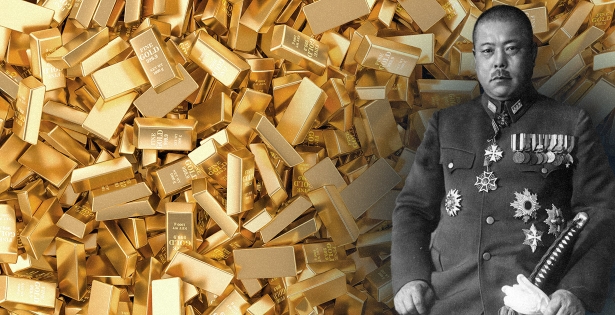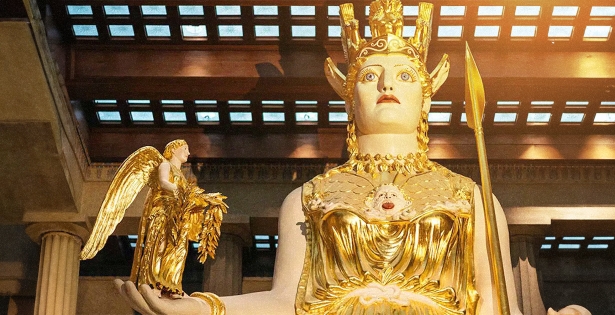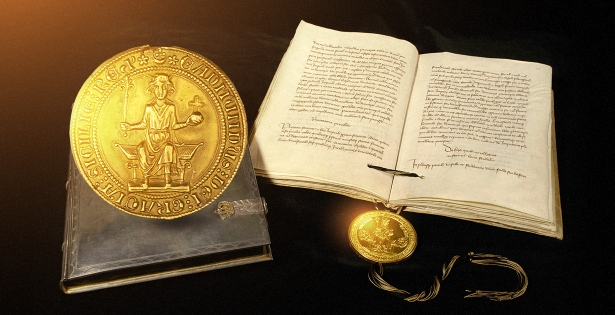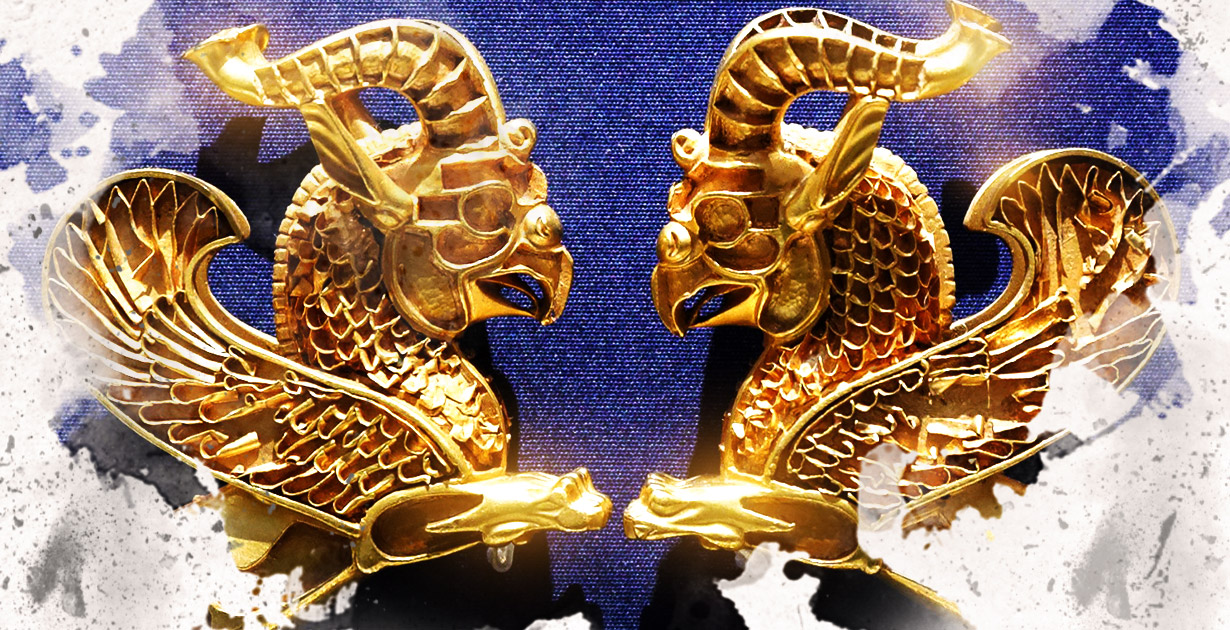
The Oxus Treasure
Gold at the oriental bazaar
At the end of the 19th century, eastern merchants brought interesting objects to the market in Rawalpindi, British India (now Pakistan): gold coins of different eras, as well as objects made of gold — small statuettes, dishes, bracelets and torcs (torques; decorations worn on the neck, stiff metallic rings), as well as plates with engraving. The merchants purchased jewelry from the residents of the Amu Darya valley, near the Oxus river, hence the Oxus treasures (Ôxos in Greek).
According to eyewitnesses, once the river washed away the ruins of the ancient city, gold objects resurfaced. The discovery was called the “Oxus Treasures".
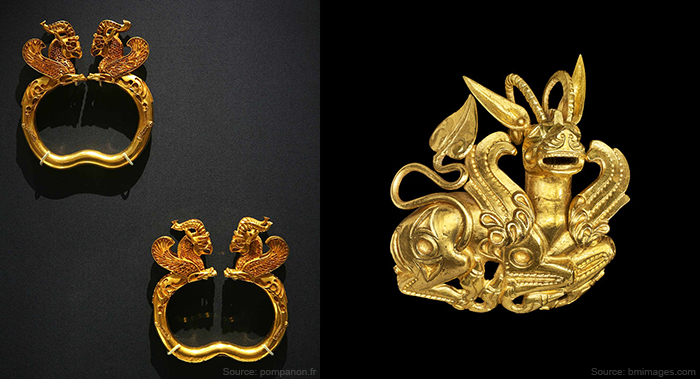
In the photo: scientists believe that this jewelry could have been attached to a headdress or could have served as a hair clip, and similar bracelets were worn by the courtiers of the First Persian Empire (aka the Achaemenid Empire).
The legend about the officer
The artifacts of the Achaemenid culture have survived to this day courtesy of the courageous British Captain Francis Charles Burton from the political service. Merchants turned to him for help. They said that on the way from Afghanistan to Pakistan they were robbed: bags were cut and taken away.
Her Majesty’s officer intercepted the bandits in a cave as they were profit-sharing, dividing up the loot, soon after he returned the stolen goods to merchants. They presented him with a gold bracelet decorated with gryphon heads.
Antiquarian Augustus W. Franks later managed to collect a vast collection of jewels that he later donated to the British Museum.

In the photo: among the items of the treasure, both individual statuettes and those belonging to whole compositions were found.
Treasures fit for a king
The treasure contained about 200 golden works of art in total and 1500 coins minted in Middle East. The strikingly beautiful golden objects were of Persian, Greek and Scythian origin.
The small statuettes are particularly noteworthy: the horse-drawn chariots and carriages, as well as figurines of people, animals and fish.

In the photo: scientists believe that the plaques made of the noble metal were offerings in the temple.
The Amu Darya treasures consisted mostly of thin gold plates with engraving. The ancient jeweler depicted people in different poses and clothes: warriors, women, priests.
The origin of the treasure
As archaeologists found out, all the artifacts were collected across different territories.
There are three main versions of the treasure’s origin:
- Gold belonged to the Bactrian nobles. Faced with wars and civil strife, the noble family left the city, buried the treasure and never returned.
- The Oxus Treasure – the offering to the Persian goddess Anahita, whose temple was located on the left bank of the Amu Darya river. For several centuries, a large amount of gold has been accumulated in the temple. When Alexander the Great came to the region and started a war, the priests hid the treasure on the right bank of the river.
-
The treasure belonged to the Bactrian rulers.
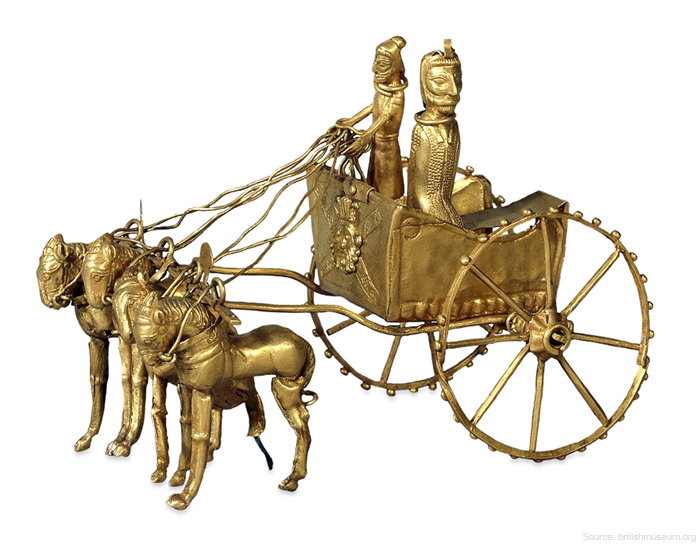
In the photo: the exhibits are showcased in the British Museum.
Read our article:
